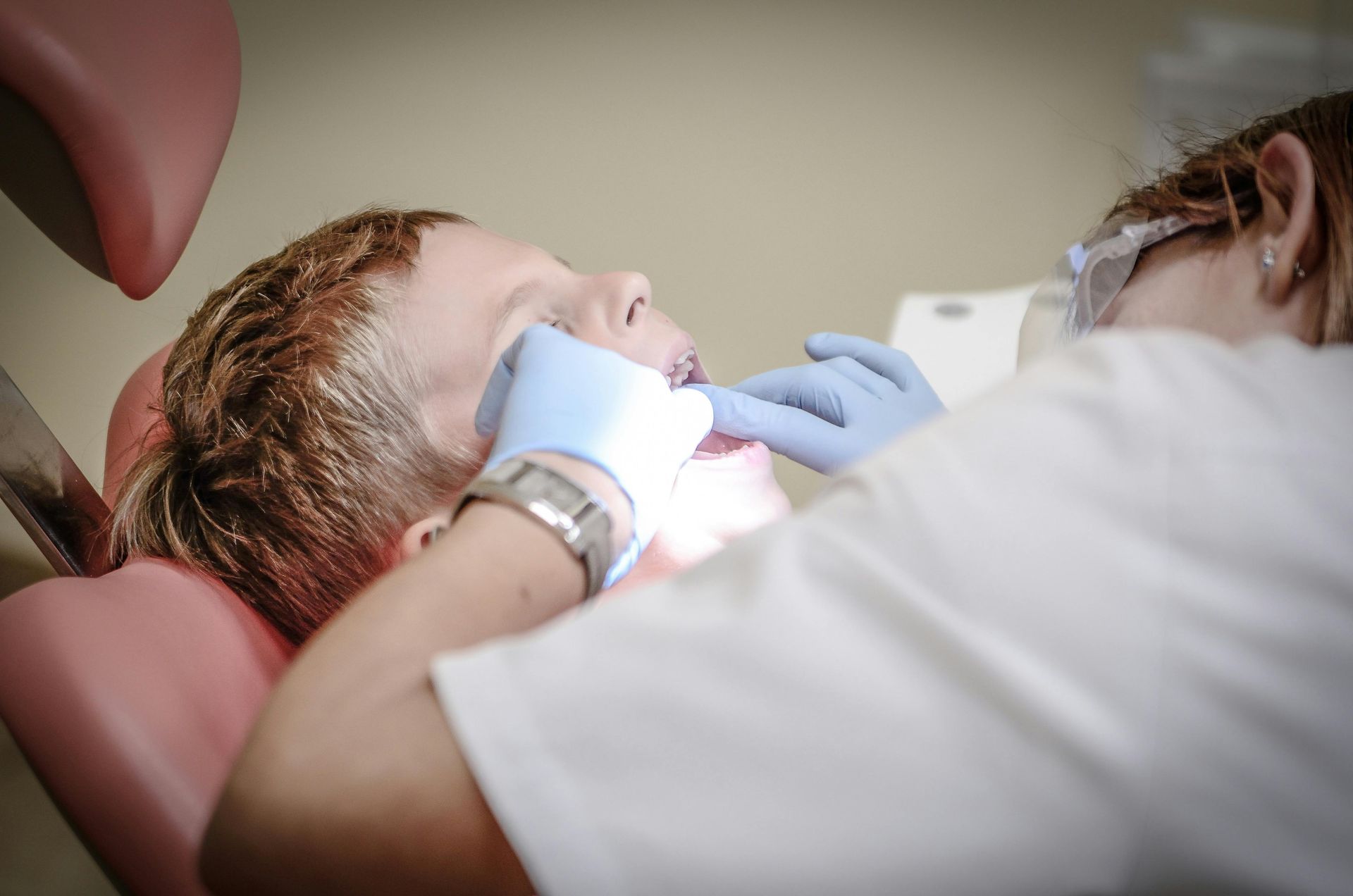Understanding TMJ Disorders and How Dentists Can Help
Temporomandibular joint (TMJ) disorders affect the joints that connect your jaw to your skull, often causing jaw pain, clicking sounds, headaches, and difficulty chewing. These symptoms can stem from teeth grinding (bruxism), stress, arthritis, or jaw misalignment.
If you're experiencing these issues, your dentist may recommend a dental splint, also called an occlusal guard. These custom-made devices fit over your teeth and help reduce jaw strain by stabilizing your bite and preventing teeth grinding during sleep. Many patients experience significant relief from pain and muscle tension with consistent splint use.
Another increasingly popular option is Botox therapy. While commonly associated with cosmetic treatments, Botox is highly effective for TMJ disorders. When injected into the jaw muscles, Botox reduces muscle activity and relieves tension, pain, and involuntary clenching. It’s a minimally invasive procedure with results that can last several months.
In many cases, a combination of splint therapy and Botox provides the best relief, addressing both the mechanical and muscular causes of TMJ pain.
TMJ disorders can worsen over time if left untreated. If you’re experiencing jaw discomfort, talk to your dentist. With a personalized treatment plan—including splints, Botox, or both—you can find long-term relief and restore comfort to your daily life.



